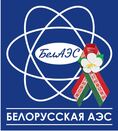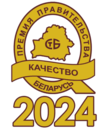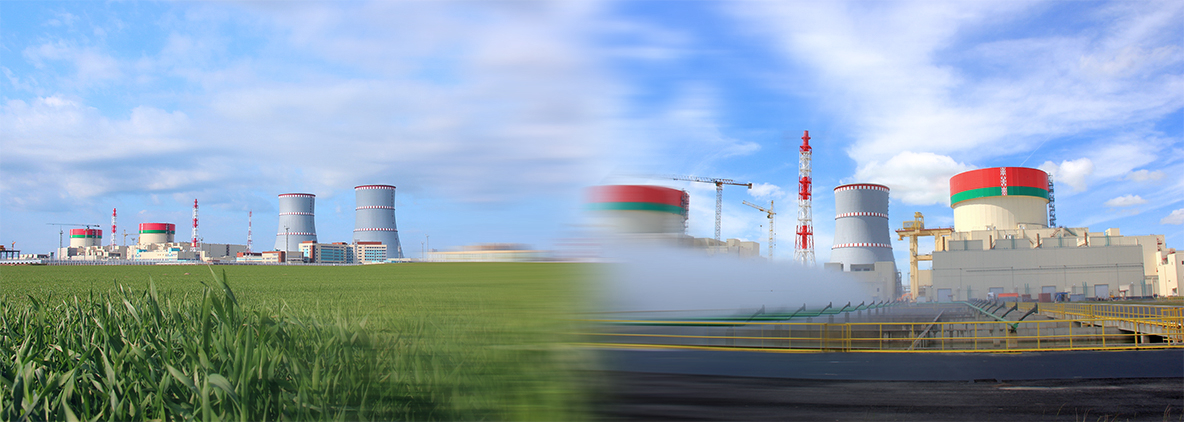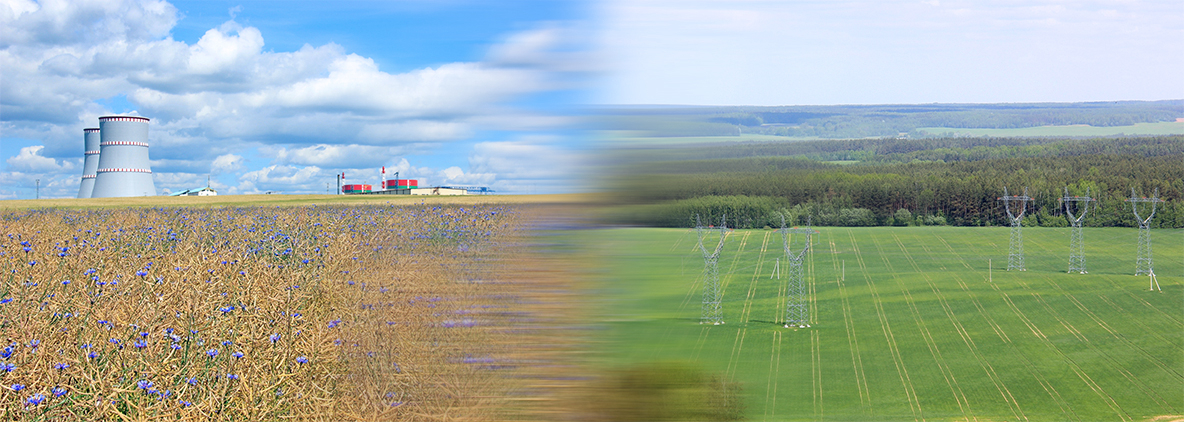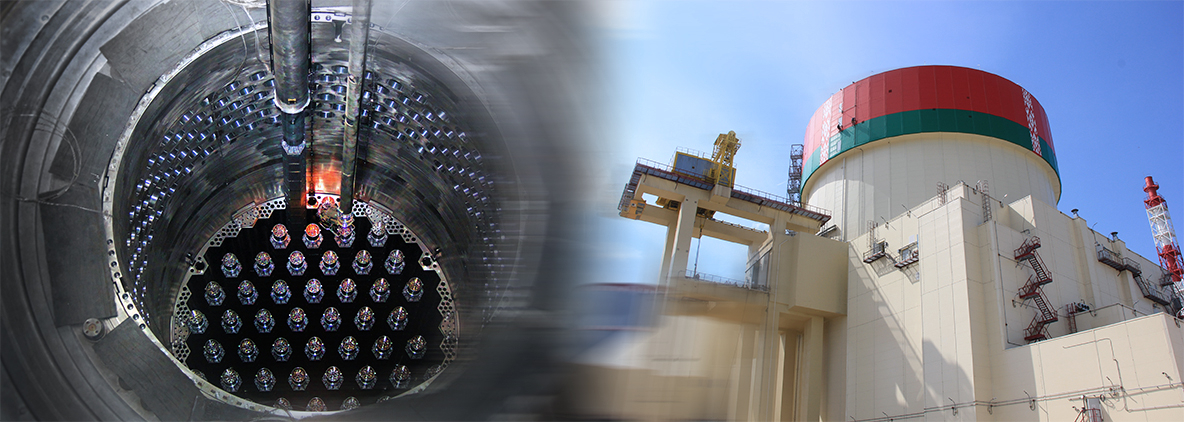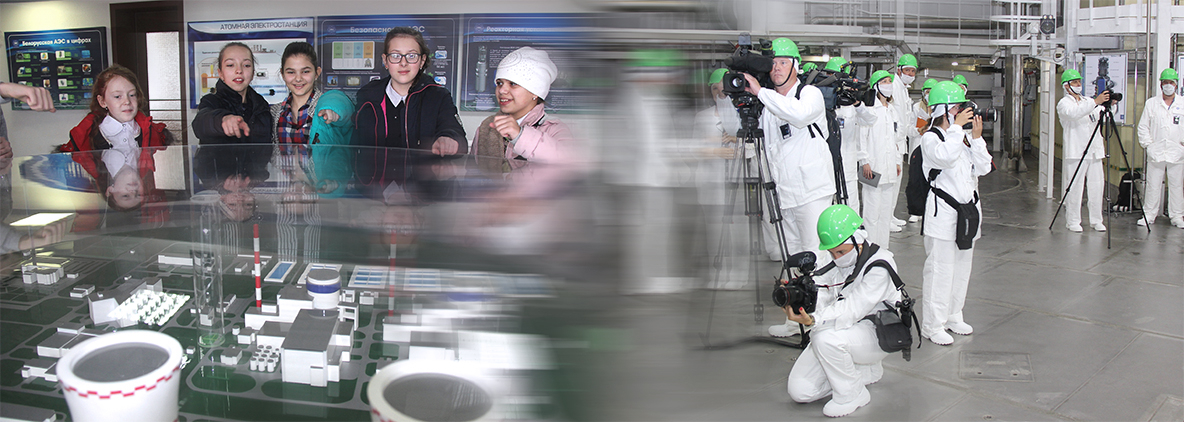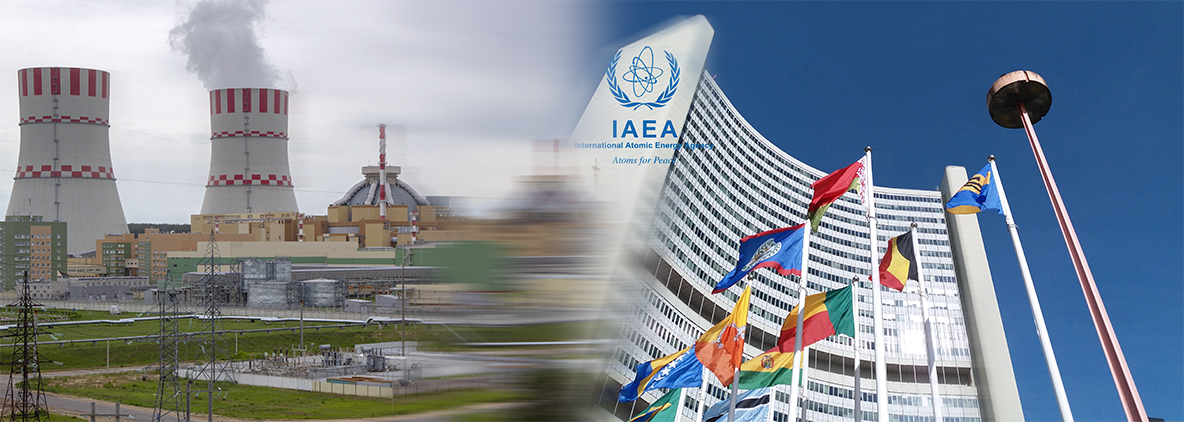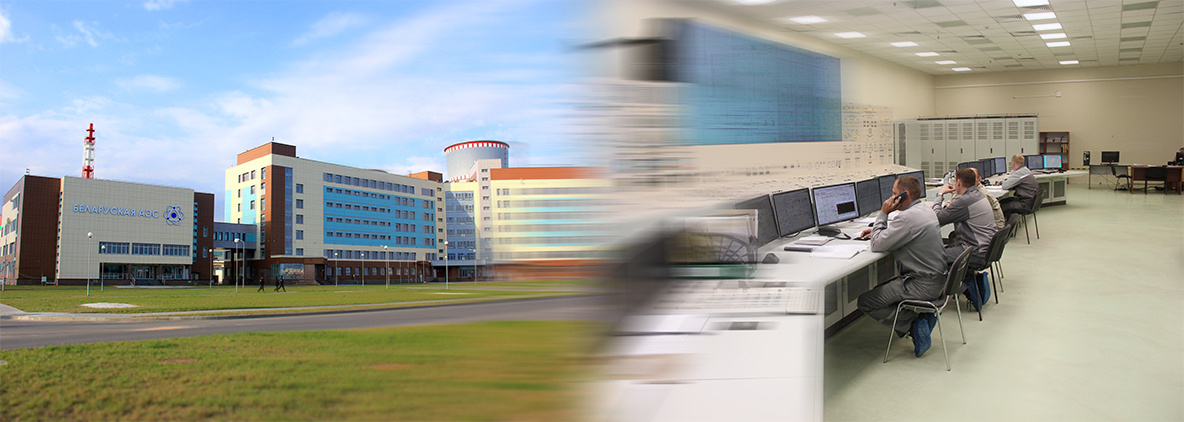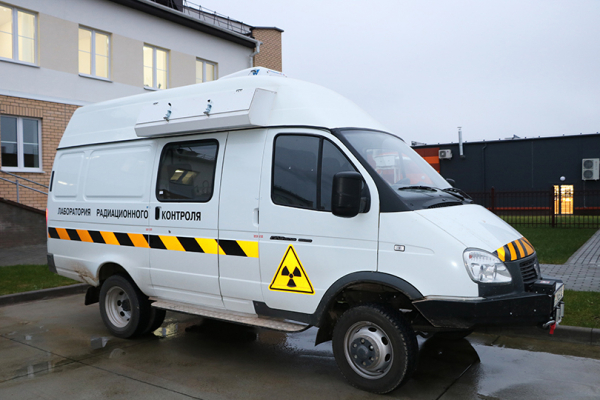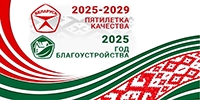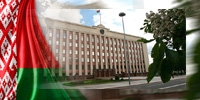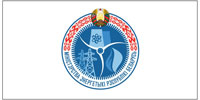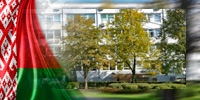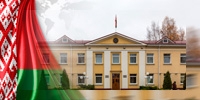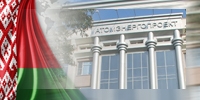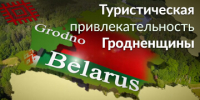“You shouldn't worry when looking at the movement of a car with the inscription “Laboratory of radiation control”, says Anna Pashuk, head of the laboratory department of the regional center for hygiene and epidemiology, laboratory assistant. - This is a common practice in the territories where nuclear power plants are located.
It will be recalled that radiological monitoring began in our area long before Belarusian NPP was put into operation. At that time, the center's specialists drove an ordinary car, moreover, once every 3 months, so they did not attract the attention of people.
To make sure that everything is really normal, together with the engineer of the regional CHE Oksana Surovets we sit down in a mobile radiological laboratory and go to agricultural town Mali.
“After the launch of the nuclear power plant, we began to travel around the area - we have 10 observation points that we visit once a week,” says Oksana Stanislavovna.
In Mali we stop near the building of the House of Culture. The engineer takes the necessary equipment and gets out of the car.
- We pass through the territory at certain points - in each place there are about 5. The device measures the rate of the ambient equivalent dose, after which the numbers are recorded in the journal, - says the specialist of the regional center of health care about his actions. - We have been observing for more than a month and we see that there are no excess indicators.
We sit down in the car again and move to the next settlement - the measurement procedure is the same. In Ostrovets, the graph is slightly different.
“Every week, the laboratory of the regional center for hygiene and epidemiology takes measurements of the gamma background in the observation area, in the city we take measurements three times a day every day, including weekends,” says Anna Pashuk. - Currently, the gamma background is within normal limits. In the republic it is equal to - 0, 1 microsievert per hour, in our country - 0.05-0.06 microsievert per hour.
In addition to the mobile laboratory for radiation monitoring, the regional CHE has a radiological laboratory, which is equipped with spectrometers, radiometers, which measurements of the volume and specific activity of iodine-131, cesium-137, strontium-90, natural radionuclides, total alpha and beta activity are performed.
Oksana Surovets, engineer of the regional center for hygiene and epidemiology:
- We are fully equipped with modern reliable equipment, we can check food, water and any materials and surfaces for the content of radionuclides, so there is no need to worry. And the radiation situation, as the monitoring shows, is stable in our country.
